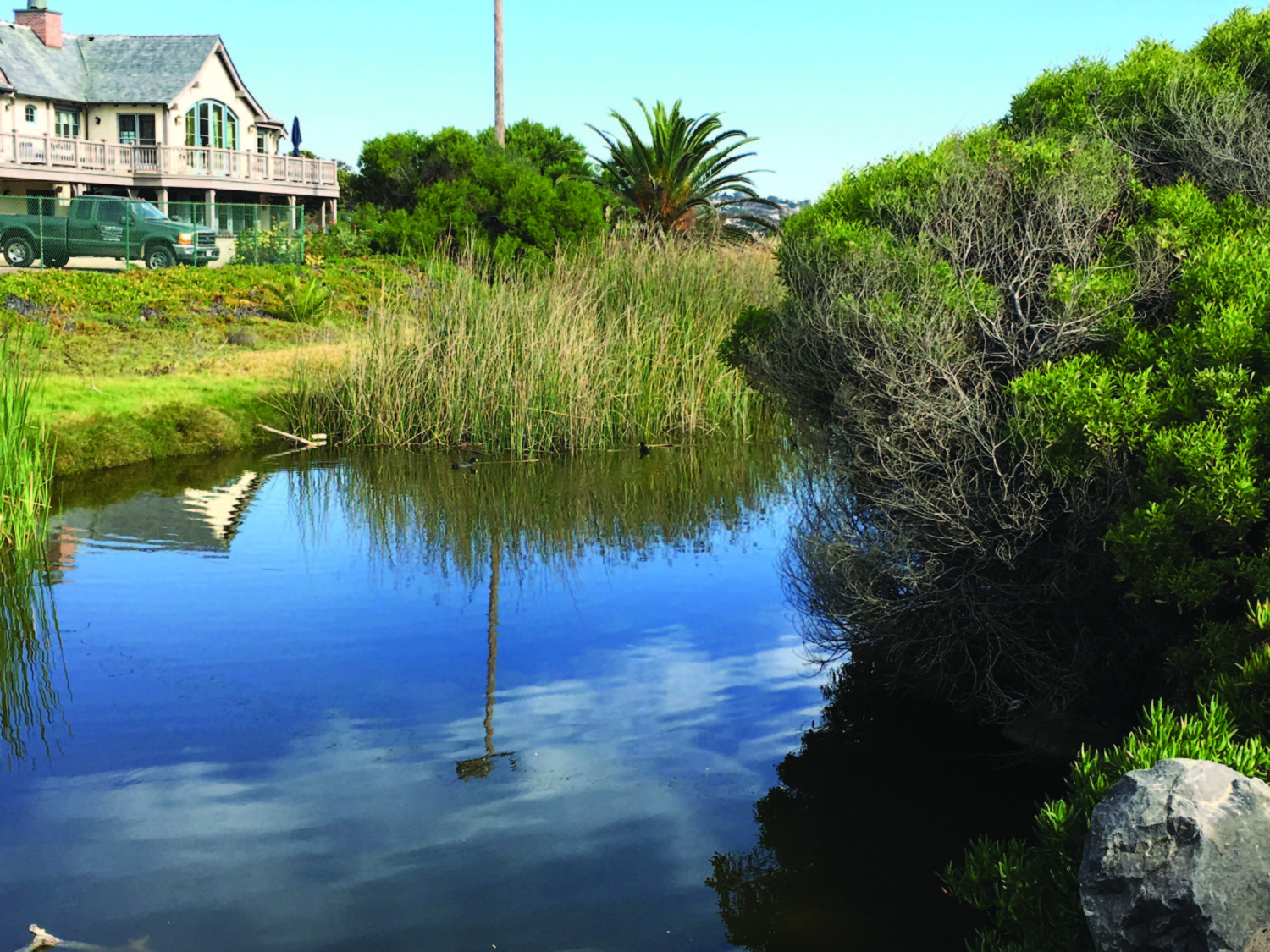CARLSBAD — After decades of disagreements and fruitless talks, restoration of the Buena Vista Lagoon may be coming.
Keith Greer, principal regional planner at the San Diego Area of Governments, said the agency is recommending a saltwater-only proposal for the lagoon enhancement plan. The Carlsbad City Council, Buena Vista Foundation and Buena Vista Audobon all supported the proposal, which will go before the SANDAG board of directors in January 2018.
The U.S. Fish and Wildlife Service and California Coastal Commission also recommended the saltwater proposal over the other alternatives.
“I appreciate the fact that we are using the saltwater option,” Mayor Matt Hall said. “We need to be able to get credit toward mitigation for that.”
SANDAG took over the plan in 2012 and conducted the final environmental impact report. The city, meanwhile, voted to write a letter of support of the proposal to submit to SANDAG.
The lagoon, though, straddles the border of Carlsbad and Oceanside, but Oceanside Assistant City Manager Deanna Lorson said the city has not received a report from SANDAG and the city has no official position on the options. Additionally, the item has not been placed on any upcoming agendas, although it might be in the coming weeks, she said.
Coincidentally, SANDAG was the agency who took over the EIR and came up with four options. The runaway winner, and best option according to the council, conservation groups and Greer was for the saltwater-only project.
“The saltwater alternative … allows the flushing of the water coming out of the ocean,” Greer said. “The freshwater doesn’t have the same benefits as the saltwater. The hybrid is kind of the worst of all worlds.”
SANDAG considered four options: saltwater, freshwater, a hybrid and no project (which is a mandatory alternative under the California Environmental Quality Act).
Despite being a freshwater lagoon, Greer said creating an inlet is the best option as the lagoon is being “choked” to death by cattails and bulrushes.
The saltwater option would remove the weir (or dam) to create a tidal lagoon. The inlet would also reduce flooding and mosquitos, improve water quality and have the most benefit to endangered species and habitat.
Addressing the number of endangered species nesting around the lagoon and in the cattails, Greer said the plan calls for detailed handling of the birds and their nests to mitigate as much disruption as possible.
“This was not their responsibility and they took this over and that was huge,” Councilman Keith Blackburn said. “That brought this group of 10 different agencies going in different directions together. We finally have light at the end of the tunnel.”
Funding, meanwhile, is not in place as Greer said SANDAG prefers to have the project “shovel ready” before seeking money. He said SANDAG typically uses this approach as a way to be more enticing to entities willing to produce funds as delays in pre-rehabilitation work are avoided.
According to Greer’s presentation, construction costs for the saltwater project are estimated between $60 million to $65 million with an annual maintenance cost of $152,000 to $233,000.
A pedestrian bridge would also be added to cross the new inlet, which would expand from 50 to 100 feet.
For more about the EIR, visit www.keepsandiegomoving.com.


